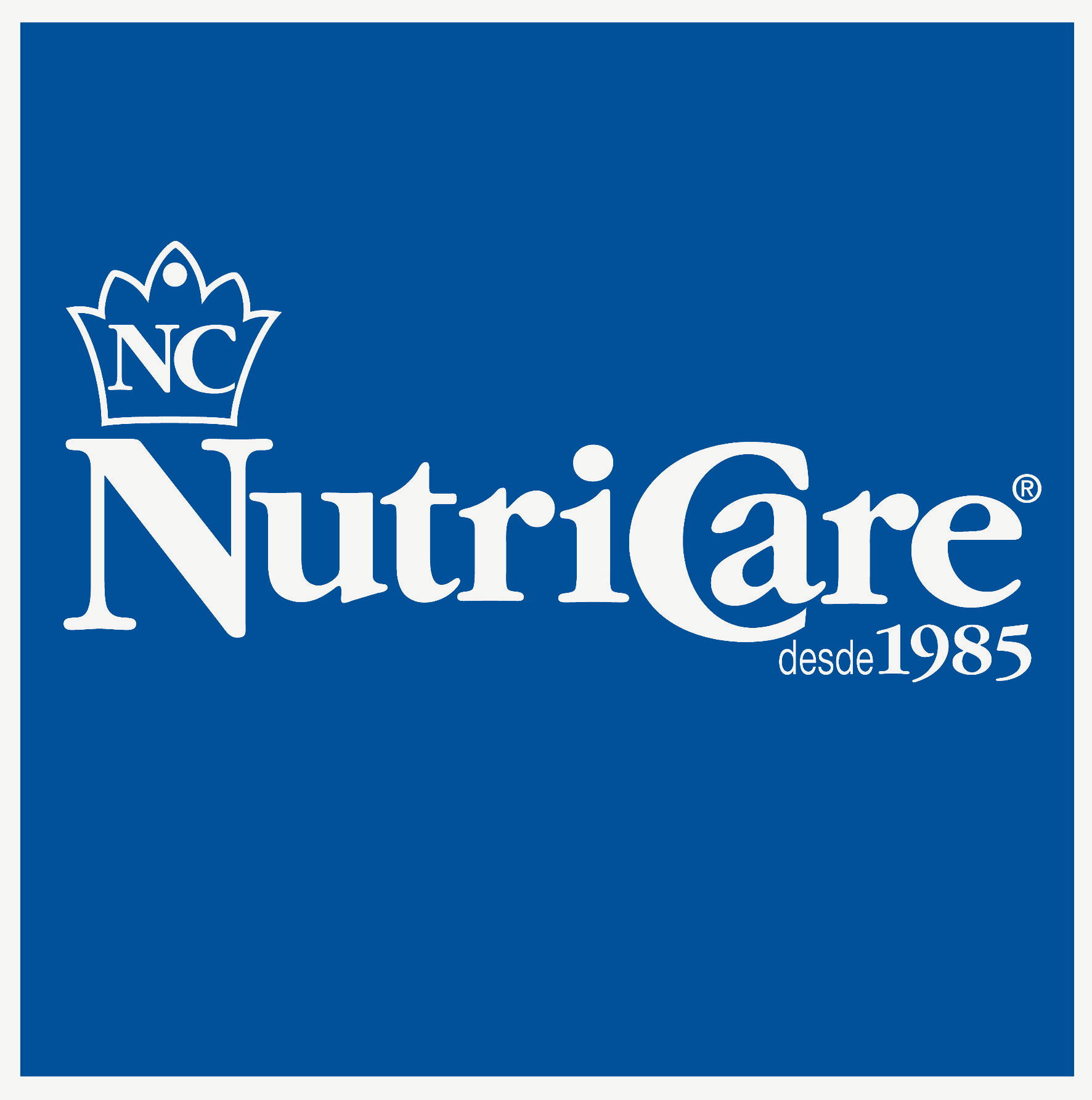Subscriptions
Subscribe and let NutriCare take care of you! 💙
Life is too short to worry about the little things. We know that the daily routine can be hectic, but your well-being shouldn't suffer because of it. With our subscription, no matter how busy your routine is, you'll have your nutritious shakes, favorite creams and supplements on time, every time. We take care of it, you just enjoy. No interruptions, no complications. It's that easy.


